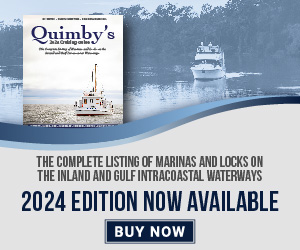President Joe Biden announced the details of his infrastructure plan on March 31. It is the opening salvo of what is expected to be a months-long negotiation with Republicans in the Senate, at least some of whose support the administration needs to pass this bill. House Speaker Nancy Pelosi hopes the bill will be passed by July 4, but negotiations are sure to be contentious.
Just as most of the provisions of the recently passed and signed American Rescue Plan bill had little to do with COVID, this bill is only in part an infrastructure plan. It does include $621 billion for transportation, $100 billion for high-speed broadband, another $100 billion for the power grid, and so on. But it is stuffed with provisions having little to do with what has traditionally been called infrastructure: $400 billion in aid for home care workers, $180 billion for federal research and development, $100 billion for workforce development and $12 billion for community colleges, for example. The administration calls these things “social infrastructure,” and Biden is supposed to offer more details in another address later.
A lot of the fight in Congress will be over how to pay for this $2 trillion-plus plan, proposed so soon after three multi-trillion COVID relief bills were passed. Federal debt, which reached 100 percent of gross domestic product during the last fiscal year for the first time since 1946, is expected to rise to a record 107 percent of economic output by 2031, according to the Congressional Budget Office. Biden is proposing to raise corporate taxes back to a level of 28 percent, from 21 percent under Trump. But many in Congress question whether raising taxes just as an economic recovery is getting underway is wise.
When waterways infrastructure gets tied to unrelated agendas, it tends to get overlooked. And sure enough, the word “ports” was mentioned only once, and the word “waterways” not at all in Biden’s address.
The proposal itself does include this passage: “President Biden is calling on Congress to invest an additional $17 billion in inland waterways, coastal ports, land ports of entry and ferries, which are all essential to our nation’s freight. This includes a Healthy Ports program to mitigate the cumulative impacts of air pollution on neighborhoods near ports, often communities of color. These investments will position the United States as a global leader in clean freight and aviation.”
The American Association of Port Authorities called that proposed $17 billion “a substantial down payment on the $29 billion in federal investments necessary to modernizing our ports and ensuring that our trade infrastructure remains strong.”
Water transportation is more important than ever to the global economy and gets more so each year. But the global water transport system is balanced on a knife-edge. The pandemic has thrown into starker relief the vulnerabilities of the just-in-time shipping model and its dependence on everything working together perfectly. When the gears all mesh together, it’s great. But when one piece is disrupted—whether it’s a ship stuck in the Suez Canal or the emergency closure of a busy inland waterway lock—the consequences can be severe. Never has the necessity of maintaining and improving all parts of our inland waterway infrastructure been clearer.




